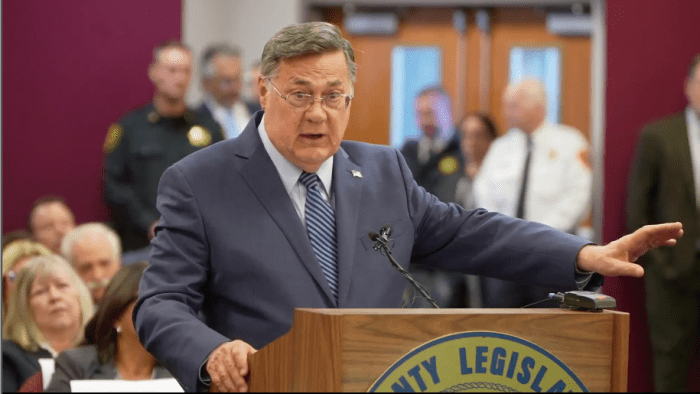By Heidi Sutton
Whether you choose to participate in a beach or park clean-up, nature walk or a fun festival, there are plenty of ways to show your love for the planet for Earth Day over the next few weeks.
Huntington
Family Fun Earth Day Celebration
Town of Huntington hosts a family-friendly Earth Day celebration at Manor Farm Park, 210 Manor Road, Huntington on Saturday, May 3 from 10 a.m. to 2 p.m. Attendees can enjoy arts & crafts, Touch a Truck, live music, a marine touch tank, beekeeping demonstrations, storytime, giveaways and much more. 631-351-3175
Melville
Earth Day Celebration – This event has been postponed to May 18 from 10 a.m. to 2 p.m.
West Hills County Park, Sweet Hollow Road, Melville and Suffolk County Leg. Rebecca Sanin will host an Earth Day celebration on Saturday, April 26 from 11 a.m. to 3 p.m. Enjoy a DDR horse show, live poetry readings and music, lawn games, farmers market, food vendors, environmental information booths and free giveaways. No registration necessary. 631-854-5100
Mount Sinai
Community Beach Clean-Up
Town of Brookhaven will hold an Every Day is Earth Day Beach Clean-Up at the Cedar Beach Nature Center in Mount Sinai on Saturday, April 19 at 2 p.m. to remove litter and marine debris from the coastline. Supplies will be provided. Registration is required by emailing [email protected].
Port Jefferson Station
Greenway Trail Cleanup
In celebration of Earth Day, the Three Village Community Trust will host a Friends of the Greenway trail clean-up at the Port Jefferson Station trailhead (parking lot by Rte. 112/Hallock Avenue) on Saturday, April 19 from 9 a.m. to 11 a.m.
Ronkonkoma
Bird Walk and Trash Cleanup
Join the Four Harbors Audubon Society for a Bird Walk and Trash Cleanup at Lily Pond County Park, Smithtown Blvd., Lake Ronkonkoma on Tuesday, April 22 at 8 a.m. in celebration of Earth Day and in memory of Diane Spitz, who spent many years as unofficial caretaker of the Park. Please bring gloves and bags. Email [email protected] to register.
Shoreham
Metal for Tesla
Tesla Science Center at Wardenclyffe, 5 Randall Rd, Shoreham will host its annual Metal for Tesla scrap metal drop-off event (appliances, car parts, shelving etc.) in honor of Earth Day on Saturday, April 19 from 8:30 a.m. to 3:30 p.m. 631-886-2632
Smithtown
Earth Day at Sweetbriar
Sweetbriar Nature Center, 62 Eckernkamp Drive, Smithtown invites the community to an Earth Day is Every Day celebration on Sunday, April 27 from 1 to 3 p.m. Children will meet resident animals, make a craft and go on a scavenger hunt to find out some of the things they can do to help the natural world. Best for families with children over 4 years old. $15 per child, $5 per adults. To register, visit www.sweetbriarnc.org. For more info, call 631-979-6344.
Stony Brook
Earthstock Festival at SBU
The signature Earthstock Festival returns to Stony Brook University’s West campus, 100 Nicolls Road, Stony Brook on Friday, April 25 from 11 a.m. to 3 p.m. with vendors, live music, a duck race, lots of activities and performances. Free and open to all. Visit www.stonybrook.edu/earthstock.
Community Beach Clean-Up
Town of Brookhaven will hold an Every Day is Earth Day Beach Clean-Up at West Meadow Beach in Stony Brook on Saturday, April 19 at 10 a.m. to remove litter and marine debris from the coastline. Supplies will be provided. Registration is required by emailing [email protected].
Train Station Beautification Project
The Three Village Community Trust invites the community to join them for the Stony Brook Train Station Beautification Project on Saturday, April 19 from 9 a.m. to 11 a.m. for Earth Day. The group will be weeding, clearing fallen branches, removing litter, de-vining trees, and other tasks to beautify the Station. Bring your gloves and garden tools. 631-942-4558
Wading River
SWR Earth Day Cleanup
The Wading River Shoreham Chamber of Commerce invites the community to participate in an Earth Day Clean-up event on Sunday, April 27 from 9 a.m. to noon. Meet at The Shoppes at East Wind, 5768 Route 25A, Wading River for a day of environmental stewardship. Supplies will be provided or feel free to bring you own. Community service credits available. Held rain or shine. Register at www.wadingrivershorehamchamber.com.

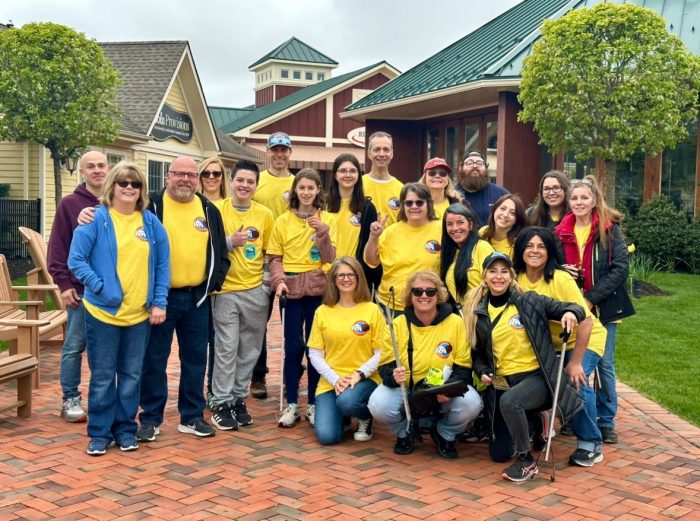
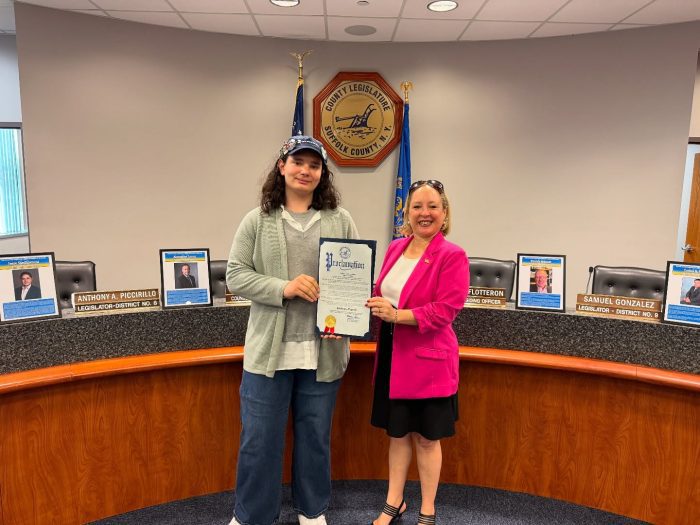


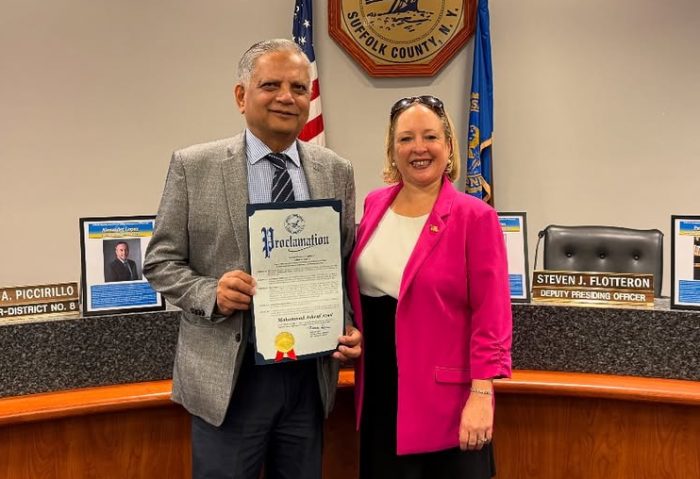
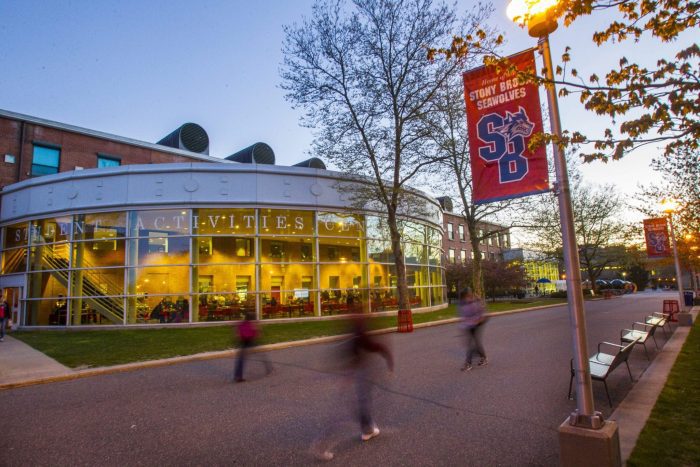
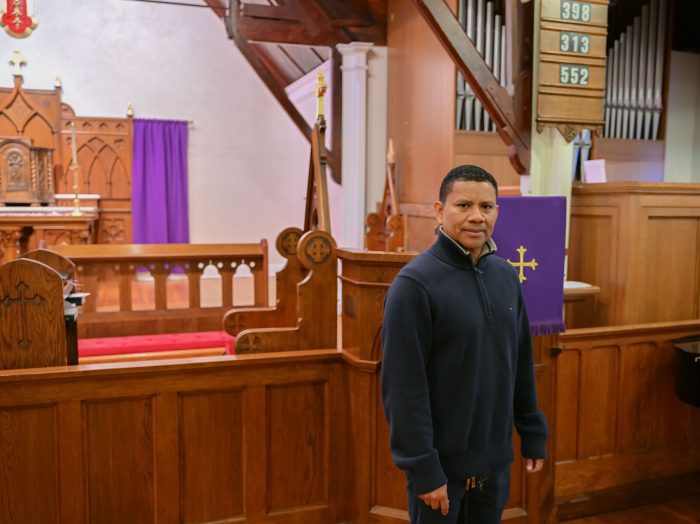
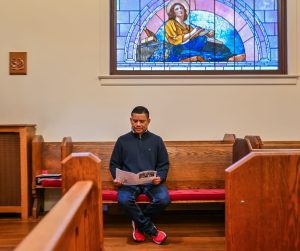



 What’s more fun than an Easter egg hunt? Here is a list of egg hunts on the North Shore for this weekend and next weekend so grab your baskets and a camera and hippity hop over to these fun springtime celebrations.
What’s more fun than an Easter egg hunt? Here is a list of egg hunts on the North Shore for this weekend and next weekend so grab your baskets and a camera and hippity hop over to these fun springtime celebrations.


